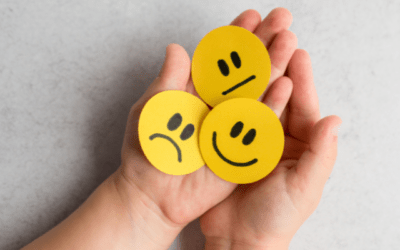Unsure where to begin with your marketing? Look at your funnel
The marketing and sales landscape has changed drastically in the past 10 years. Many companies looking to stimulate their pipeline turn to marketing. Most default to redoing their website, but some consider hiring a SEO company or focusing on social media. The common thread is most small businesses aren’t sure what they need to do to bring in more customers.
If you can relate, consider this advice: an easy way to figure out which marketing tactics you should invest in is to take a look at your marketing-and-sales funnel (pipeline).
It’s helpful to consider your pipeline, not only in terms of the buyer stages (suspect, prospect, etc.), but in terms of what sales and marketing needs to accomplish in each stage. When we consider the pipeline in this way, then figuring out which marketing tactics to use and when to use them becomes more obvious.

1. What to do when buyers haven’t even heard of you
When buyers are unaware that you exist, you have to get in front of them. But how? Traditional marketing like print ads and tradeshows may work. Or digital marketing tactics like digital ads and content disseminated through social media platforms such as Twitter could be best. At this stage, embracing multiple tactics is your best bet in order to get in front of many people, and selecting which tactics to move forward with involves consideration of your buyer(s). Regardless of what tactics you proceed with, most marketing at this stage directs people to your website, so now let’s think about the job your site has to do.
2. How to engage a buyer who is interested
Success! You’ve got a “suspect” to your site. Now imagine these two scenarios:
A – This suspect lands on your homepage. They scroll down the page, then go to Products and About Us, scanning what you do and your location. After a minute (at most) they leave.
B – This suspect lands on your homepage, scrolling through it. They watch a 30-second video that describes what you do, then they see you are offering a free ebook. Intrigued by the topic, they fill out their name and email and get the eBook, then leave your site.
Now what?
3. Desire and educating your buyer
Under scenario A, you have to hope to lure the visitor in again. Hard work!
In scenario B, you now have their email. But this contact isn’t ready to buy from you yet. Interactions with them at this stage are centered around education (industry trends, how to articles, etc.), so you follow up by sending an infographic or article. And later you encourage them to join your social media page so they can get more frequent information (and you can be in more regular contact).
4. When interest turns into intent
When people realize they have a problem or need, they begin to research by consuming in-depth content and collateral like white papers and webinars. As they get closer to buying, they’ll assess your credibility as a provider. Messaging that clarifies to the buyer how your solution is different and better is critical at this stage. How else are they going to decide between competing products? They’ll also look at your comparison charts, case studies and testimonials to determine whether you are the best vendor to select.
5. How to communicate with buyers as they evaluate & purchase
Years ago, marketing’s job would have been long over at this point. Today, most buyers aren’t ready to interact with sales until they are evaluating vendors. At this stage, they’ll be ready for a demo, pricing or quote, presentation, live chat or some other one-on-one interaction. But marketing’s job is not yet done.
6. Create a great customer experience
After the sale has been made, focus shifts to nurturing customers in hope of repeat and referral business. In industries like SAAS, customer renewals can account for the majority percentage of revenue (80%+), so though it is a just a single stage in the customer journey, the customer stage can be an extremely lucrative one–and in some ways easier that early stages since you don’t have to work as hard to communicate with them. Typically, marketing in this stage takes the form of customer communication like product education and announcements and surveys. Brand experience plays an extremely important role here too, in the form of interactions with customer service reps as well as in communication and the experience people have using your product.
Once you approach marketing from the perspective of moving people through your funnel, it is clear that the no single marketing tactic will be a silver bullet. Of course, any one tactic should help stimulate your pipeline a bit (some tactics more than others), but one-off tactics will likely only address one stage in your funnel. Even investing in content, which is required at all stages, depends on a website with good messaging and conversion forms in place so you can get back in touch with prospects and leads through email. Marketing is not rocket science, and it can be kept simple, but be sure your plan includes an integrated set of tactics that will move people through your funnel.


